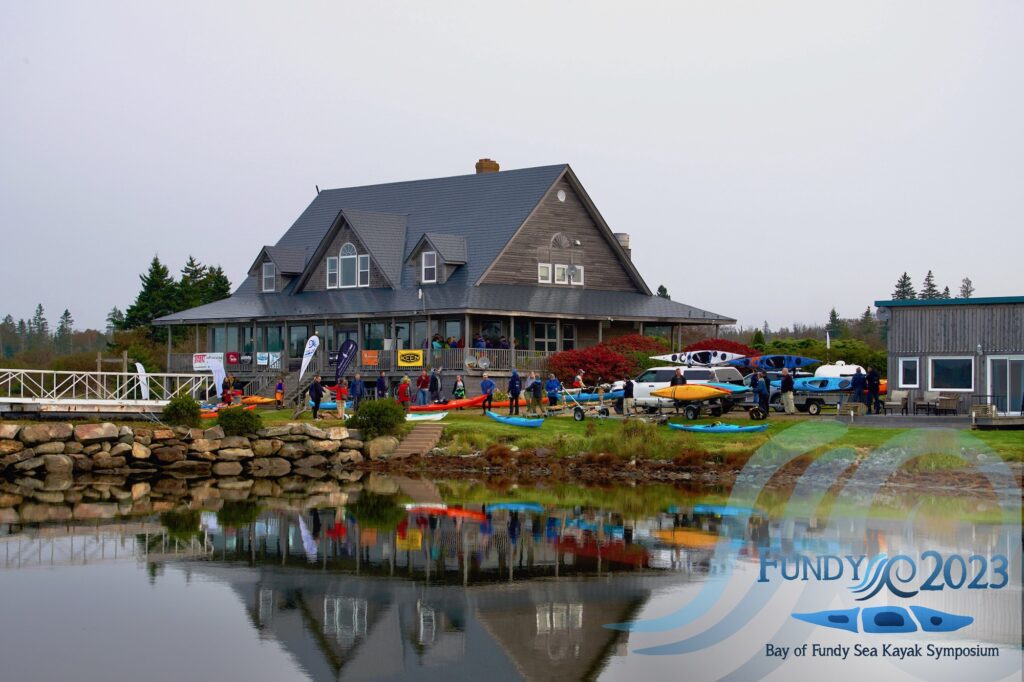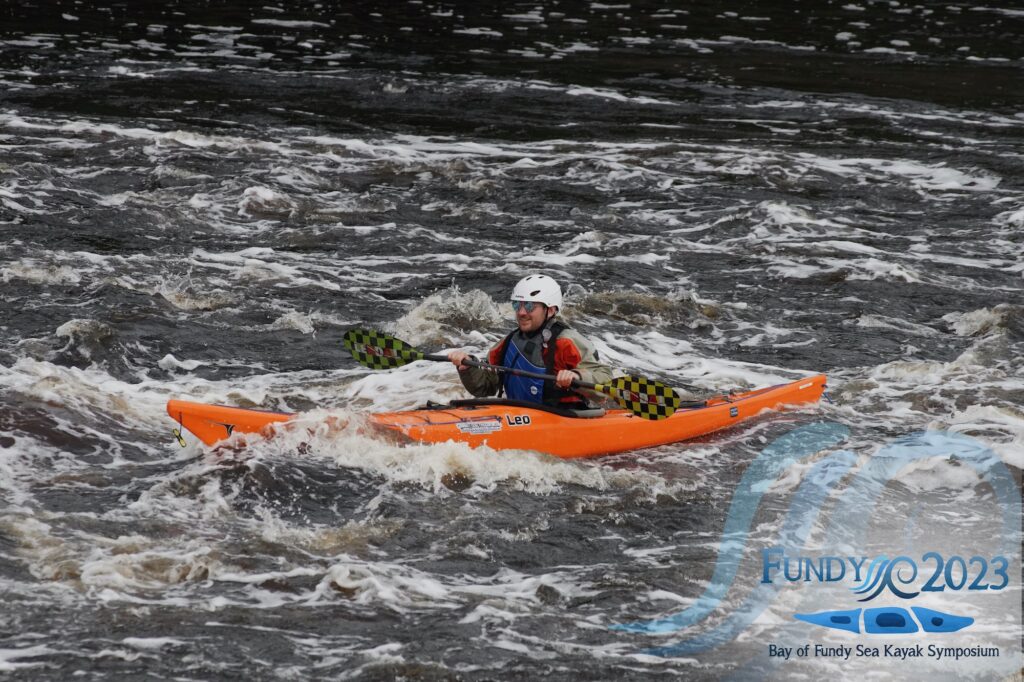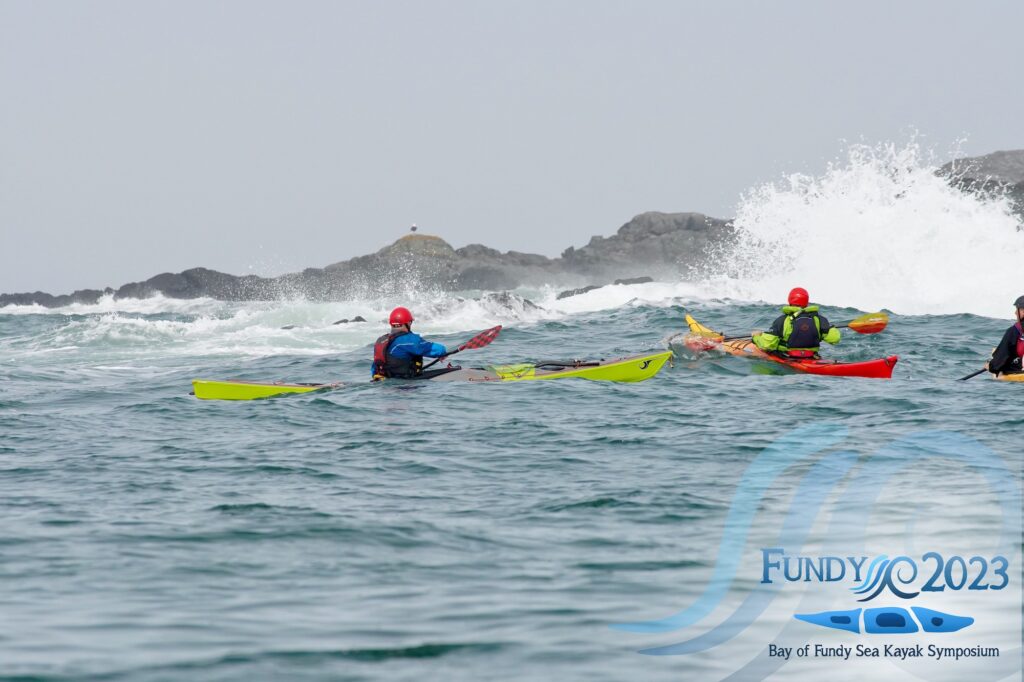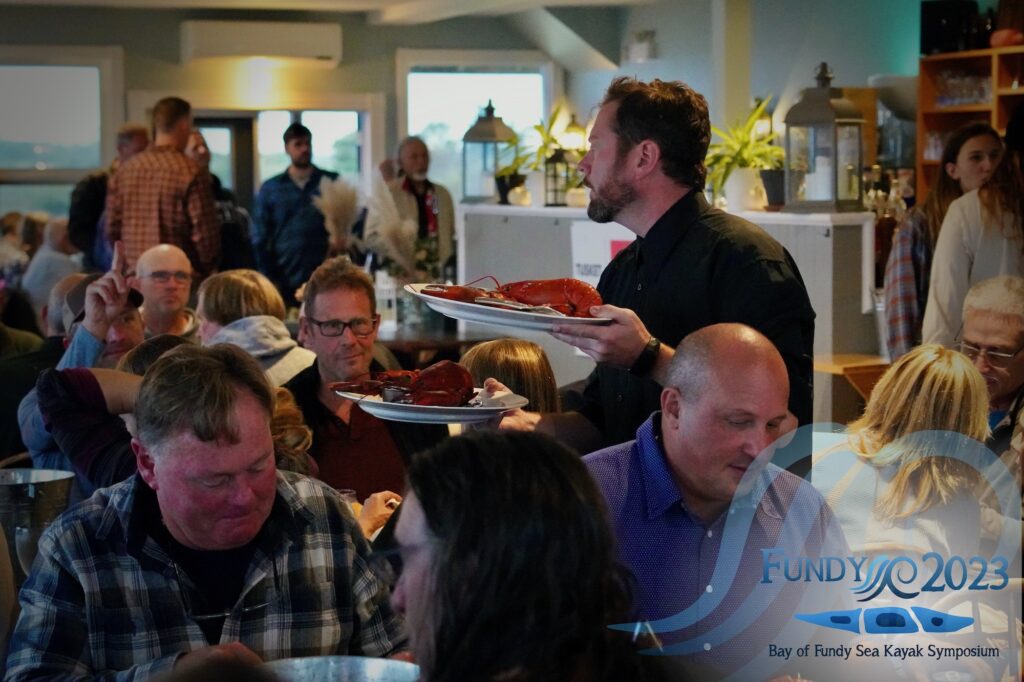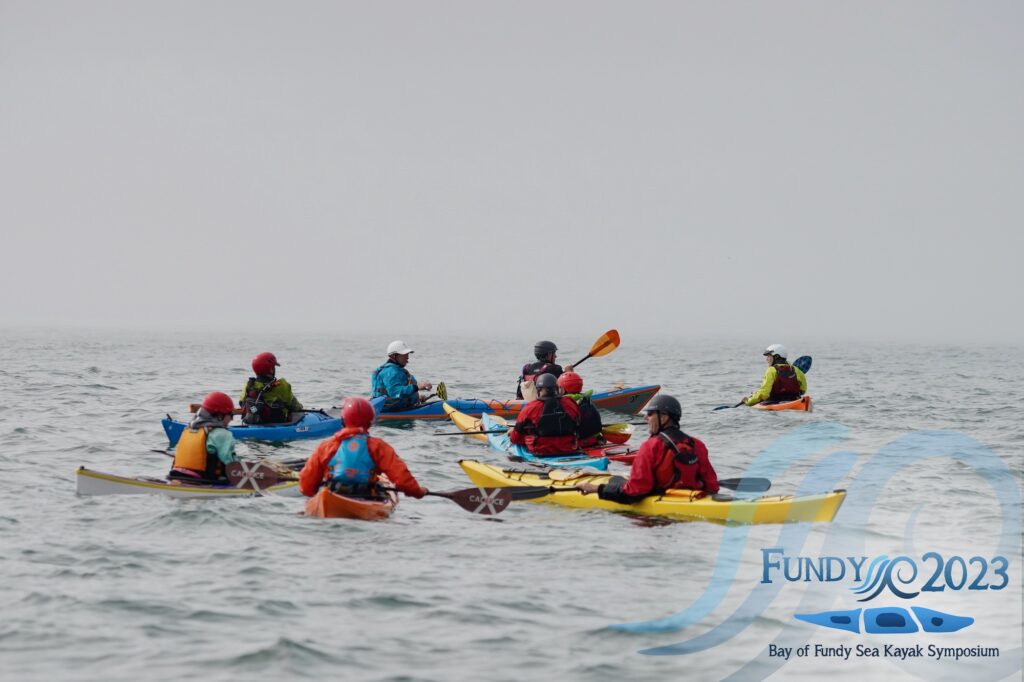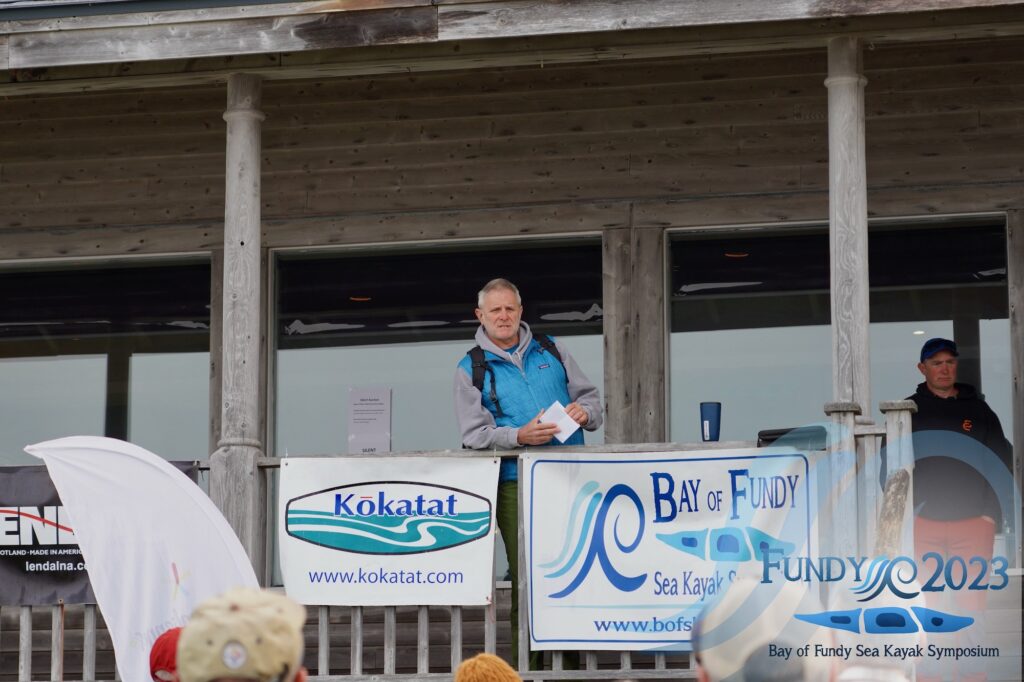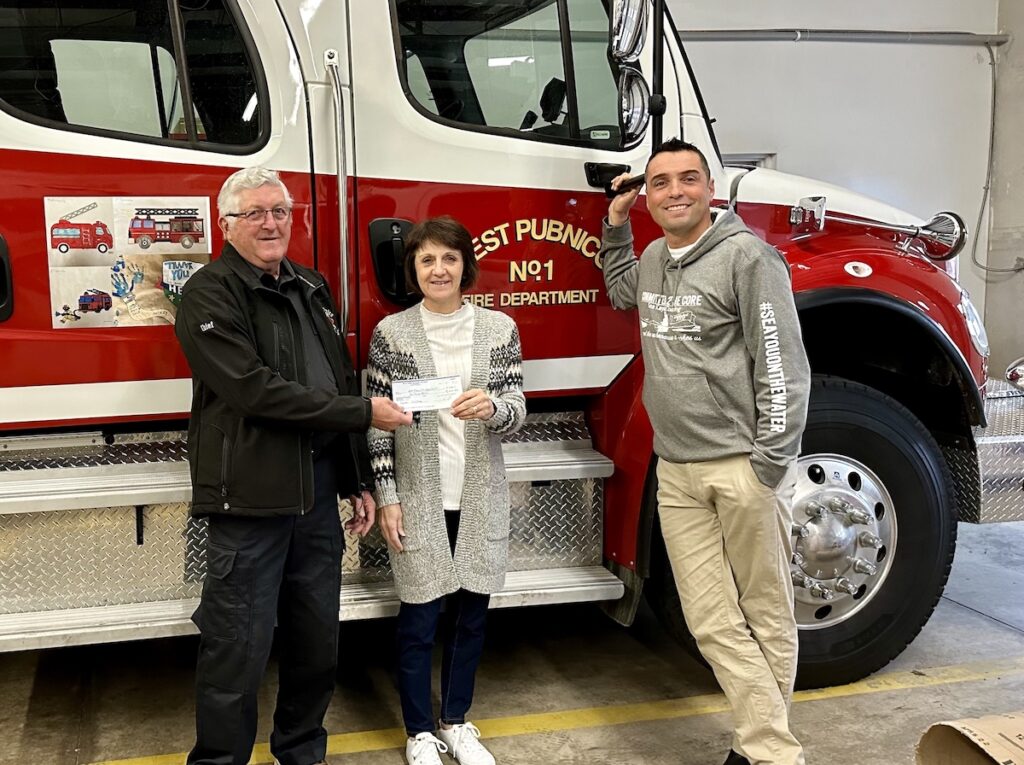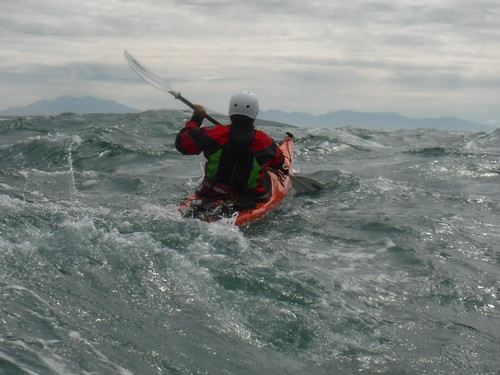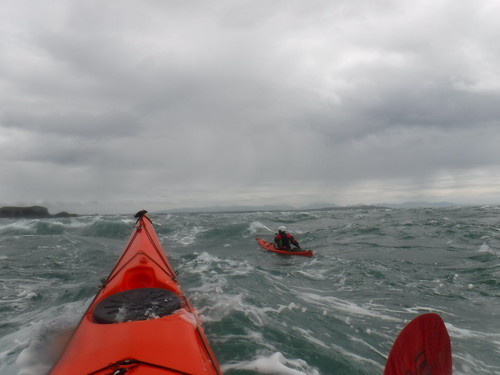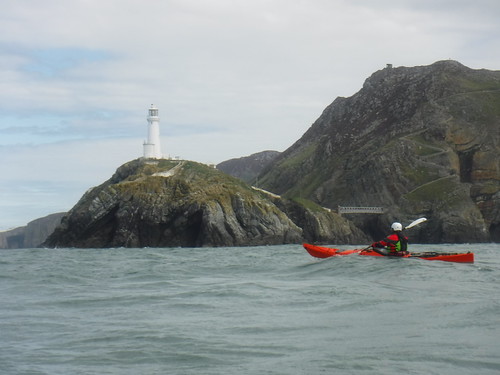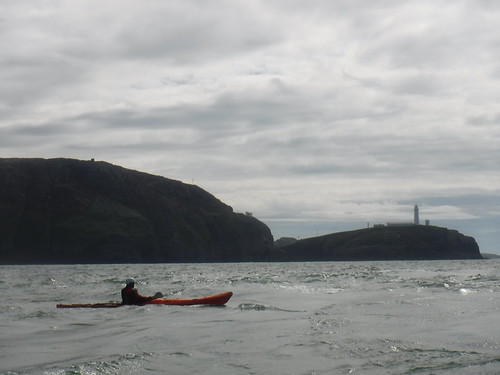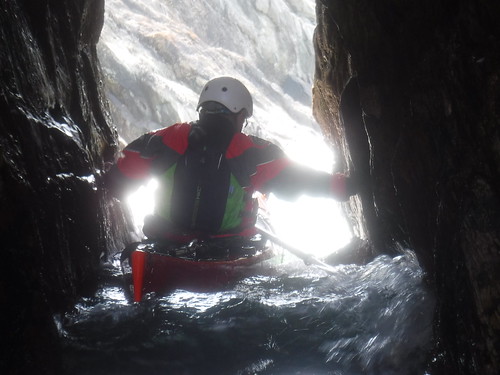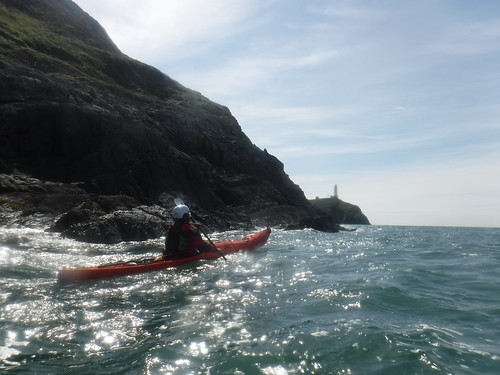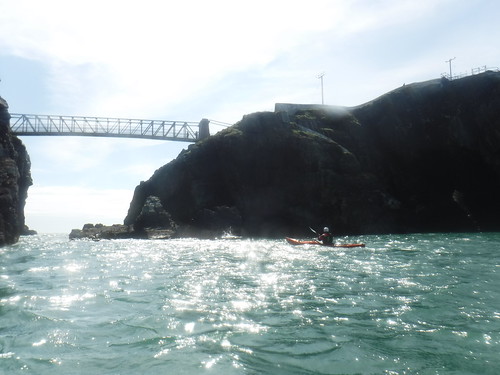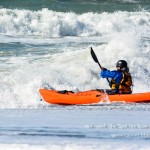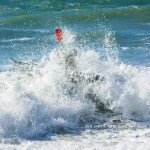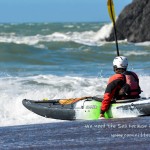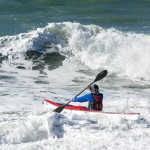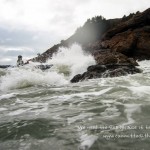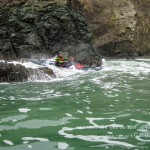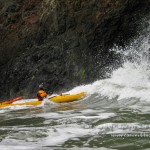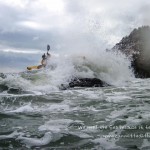As you may know, we get to train a lot on rescues and if possible, we like to do this with external partners. We are one of the few that gets to train with professional, non-SAR shipping. For that we have to thank our social media and the network that comes with it. At this point we are befriended with some captains and their crews, who are actually sharing the same interest in safety at sea. We let the videos of our two last exercises speak for themselves, two different ships from the same category, both dredgers but with a different approach. There is always the “why”, obviously. To be short, safety is our priority. In case of emergency, it will not always be the Search and Rescue assets that will be first to arrive at the scene. In our particular case and venue, there is some commercial traffic that will respond fast to a mayday call. If we train with them, we know the possibilities and also the restrictions and dangers of such shipping and their crew. People tend to be afraid of the unknown, and therefore we sometimes get negative reactions for us being that close to such big ships. The opposite is true. Once in visual range, you are not going to be overrun! They will slow down and make their final approach slower than we paddle. Also, and that is a question we get a lot: no, you will not be sucked under water by the propellers. With these ships, the props are meters under the surface, and they can be turned off. If not, and in case you are in the water, you will be pushed away from the stern of the ship. This is information that comes directly from all the captains we are working together with, and rest assure, they know what they are doing. They will not, and I say again, they will not take unnecessary risks for the benefit of an exercise.
Also, rescue training has become an important part of our sport. Besides the safety reasons, we just like doing these things and it is interesting to experiment different approaches. We hope that the day never comes, but should we find ourselves in such an emergency situation, we will know what to do… and what not. Let’s have a look at some details of the DC Brugge exercise. We are tethering ourselves to the bow or stern of our own kayak. This has two reasons. First of all, to avoid losing our kayak in the event the rescue and winching goes wrong. Secondly, bringing our line under tension will avoid the kayak from spinning around during the winching. Against pilot ladder protocol, we specifically asked to lower the pilot ladder below the surface. If not, it becomes hard to climb on the ladder when in the water. Having a few steps below the surface makes things amazingly easy. It’s a detail, but a particularly important one. We will always try to form up on the lee side. This big ship just blocks wind and waves like it’s nothing. It is a personal choice, but we will mostly opt to let the team leader board first. He/she will have an oversight on everything, he/she will have solid comms with the ship’s crew, and he/she can help the others to board swiftly. It can be done the other way around as well; team leader goes last. This will make a more difficult comms with the ship’s crew. Again, personal choice.
On the DC Brugge, we
boarded via the pilot ladder and our kayaks were winched up with a big crane.
Very spectacular, it looked like we were special forces making a tactical
boarding. And all of this make this great fun, both for us and for the ship’s
crew. Every time we think that we have reached the limit of what is possible in
rescue training, we suddenly come up with something new! That was the case with
the dredger SCALD! Care for an exercise? But yes, off course! And how do you
want to board? Hmmmm…. what can you do with the drag head? The SCALD crew had
given this some thought of their own, when seeing us doing all these exercises
with their colleagues from other hopper-dredgers. And so, we went on, boarding
the SCALD dredger in a very, very unusual way. We got a solid explanation on
how the drag head works. There were no separately moving parts on the place
where we would board, which was important. They anchored the whole ship in a
matter of about a minute, just for this exercise. We experimented on how to
climb onto the drag head and in a matter of a few minutes we found it the
perfect way of boarding together with our kayak in a swift and responsible way.
The kayak was positioned between two tubes, and resting a rubber inserts of the
drag head. This means that we didn’t have to worry about scratches on our
boats. The whole team was lifted out of the water in no time. Same here,
everything was done in a responsible and safe way.
At this point, rescue
training takes it rightful place among other parts within sea kayaking in our
NORTHSEAKAYAK team. Like surfing, rock-hopping, touring, rolling …. rescue
training is equally fun, and it certainly highlights the way we manage
emergencies.
We do hope to shed some light on the way we train, and on the safety precautions we undertake before heading on with these big exercises. Before every exercise, we had a safety briefing with the captain of the ship.
Have fun and take care of each other on the water!

